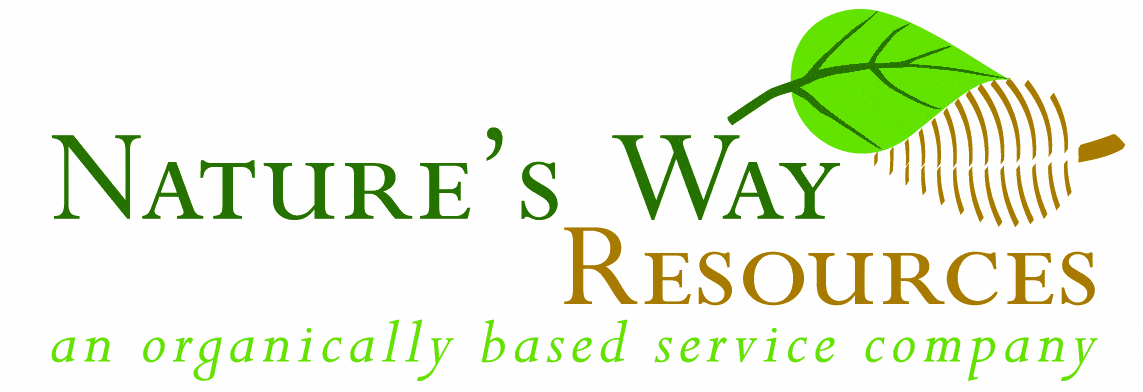John's Corner:
Soil & Plants (Part 195)
News from the Wonderful World of Soil & plants 195
By: John Ferguson
A rethinking is occurring in gardening across the country as the quality of our food supply continues to decline and be more contaminated with toxic chemicals.
More and more folks are growing herbs, especially “Lawn Herbs” like Dandelions. Some states are paying folks up to $400/home to replace their grass with wildflowers and native herbs.
Using Dandelion as an example, not only is one of its roles in nature to help fix soil problems, it is also nutrient rich. Every part of the plant from the flower to the roots are packed with nutrients.
The root is packed with soluble fiber that helps our gut microbiome, the flowers contain polyphenols that help prevent blood clots, reduce blood sugar levels, and lower risk of heard disease. Animal studies have shown that dandelions help prevent constipation. Other studies on mice have found that dandelions extract significantly reduced cholesterol and triglyceride levels.
Cell culture studies have shown that Dandelions are great for the skin and leaf and flower extracts help protect skin cells exposed to ultraviolet radiation. Dandelion root extract has been shown to increase the generation of new skin cells which slows skin aging.
Dandelions can be consumer raw or cooked or made into a tea, a real super food that God gives us for free. Life Extension (2022)
All plants we call weeds have a purpose, from food for some life form or have another role in nature like the ability to fix soil problems. The magazine Acres, USA had a nice article on this subject a few months ago.
For example, Foxtail and Fall Panicum indicate a degenerated soil structure where the soil is holding too much water. Once Foxtail and Panicum have done their job in rebuilding soil structure then other weeds (Lambsquarters, Pigweed, etc.) will come in to rebalance minerals, soil pH and add organic matter.
The article was written by Joseph Coannouer, and I just ordered his book shown below.
More and more people are growing their own food from vegetables to fruits and herbs as they are more nutritious and taste better than conventional food from the grocery store.
However, there is an additional issue that most of us do not think about when buying food. From the Earthjustice Newsletter:
“The U.S. Food and Drug Administration (FDA) has chosen not to ban chemicals from food packaging that have been linked to serious health impacts including breast cancer, diabetes, asthma and brain development in children.
The FDA’s decision, announced Thursday, came in response to two petitions sent by environmental and public health groups in 2016 asking the agency to ban phthalates from use in food packaging and food production equipment.
“FDA’s decision recklessly green-lights ongoing contamination of our food with phthalates, putting another generation of children at risk of life-altering harm to their brain development and exacerbating health inequities experienced by Black and Latina women,” Earthjustice attorney Katherine O’Brien said in a statement.
Earthjustice was one of the groups behind the petitions, alongside Environmental Defense Fund, Center for Environmental Health, Center for Food Safety, Center for Science in the Public Interest, Clean Water Action, Consumer Federation of America, Improving Kids’ Environment, Learning Disabilities Association of America, Breast Cancer Prevention Partners and Natural Resources Defense Council.
The groups are concerned about phthalates because they are endocrine-disrupting chemicals that have been linked to a variety of health impacts including birth defects, infertility, miscarriage, breast cancer, diabetes, and asthma. Studies have shown that they can leach from packaging into food and drink. They can also transfer to a pregnant woman’s fetus via her blood, according to the Environmental Working Group.
Childhood exposure is especially dangerous because phthalates have been associated with impaired brain development and behavioral disorders. Indeed, Congress decided that many of these chemicals were too dangerous for children’s toys more than 10 years ago, Earthjustice pointed out.
There is also an environmental justice component to the problem: people of color and low-income people are more likely to face health impacts because of phthalate exposure. This may be because marginalized communities are more likely to consume fast food, according to The Hill.”
These chemicals are also used in a range of products from pesticides, cosmetics, to plastic bottles. These chemicals also bioaccumulate in sewage sludge which is applied as fertilizer to many food crops where they are absorbed, which we then eat making the issue worse. Additionally, many companies compost the sewage sludge concentrating these toxic chemicals, which is then sold to unsuspecting customers for their lawns and gardens.
I attended the lecture sponsored by OHBA last night which featured Arden Anderson M.D. whom linked so many of our current health issues to hormone disruption caused by these types of chemicals.
There is also a paper on how common chemicals lower children’s IQ on the website Columbia Center for Children’s Environmental Health (part of Columbia University Medical School).

